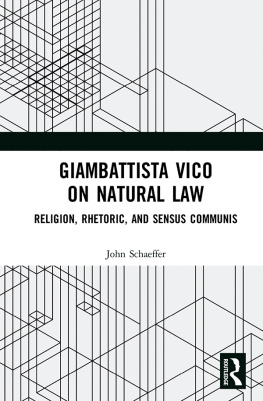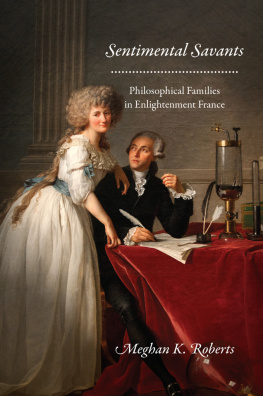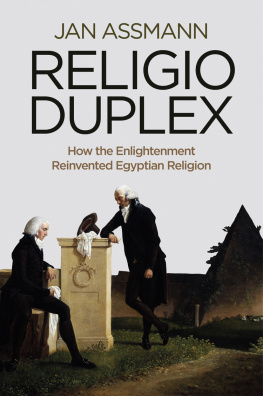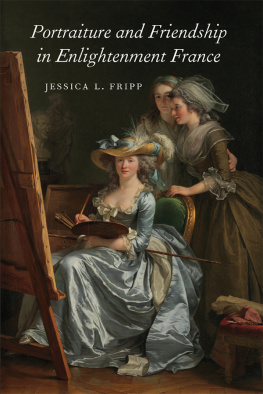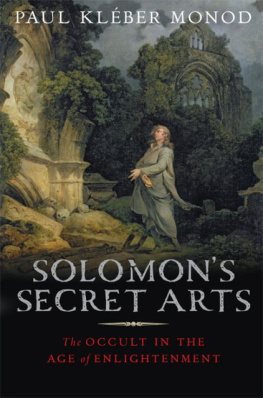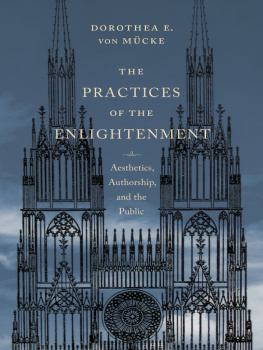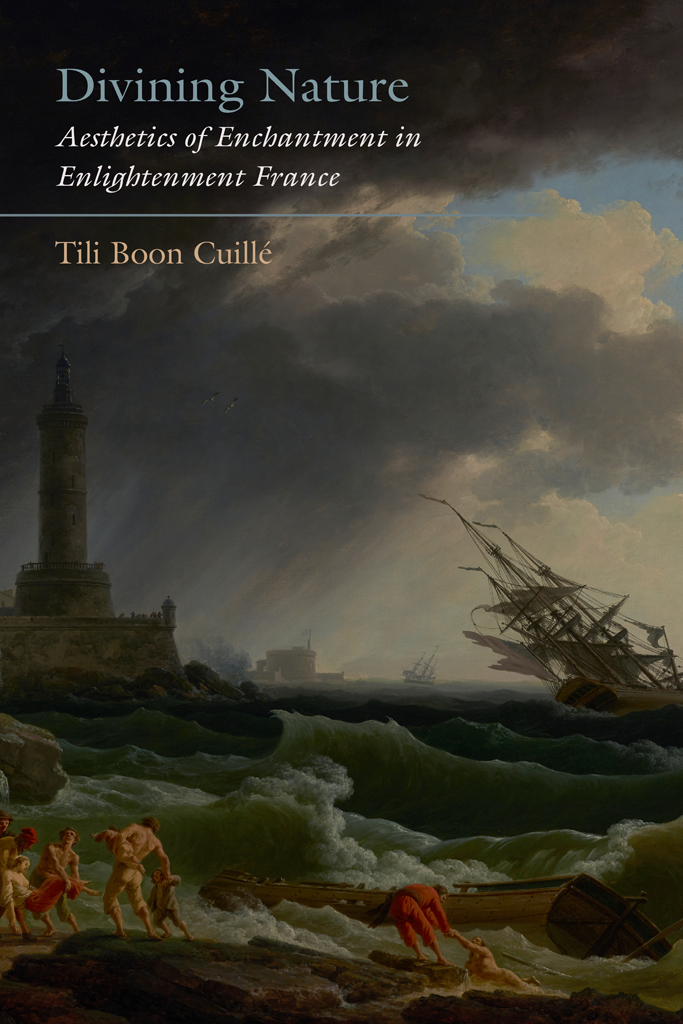DIVINING NATURE
Aesthetics of Enchantment in Enlightenment France
TILI BOON CUILL
STANFORD UNIVERSITY PRESS
Stanford, California
STANFORD UNIVERSITY PRESS
Stanford, California
2021 by the Board of Trustees of the Leland Stanford Junior University. All rights reserved.
No part of this book may be reproduced or transmitted in any form or by any means, electronic or mechanical, including photocopying and recording, or in any information storage or retrieval system without the prior written permission of Stanford University Press.
Printed in the United States of America on acid-free, archival-quality paper
Library of Congress Cataloging-in-Publication Data
Names: Cuille, Tili Boon, author.
Title: Divining nature : aesthetics of enchantment in Enlightenment France / Tili Boon Cuille.
Description: Stanford, California : Stanford University Press, 2020. | Includes bibliographical references and index.
Identifiers: LCCN 2020019958 (print) | LCCN 2020019959 (ebook) | ISBN 9781503613362 (cloth) | ISBN 9781503614178 (epub)
Subjects: LCSH: Science and the artsFranceHistory18th century. | Art and natural historyFranceHistory18th century. | Philosophy of natureFranceHistory18th century. | Natural history literatureFranceHistory18th century. | Nature in literatureHistory18th century. | Arts, French18th centuryThemes, motives. | EnlightenmentFrance.
Classification: LCC NX180.S3 C85 2020 (print) | LCC NX180.S3 (ebook) | DDC 700.1/08094409033dc23
LC record available at https://lccn.loc.gov/2020019958
LC ebook record available at https://lccn.loc.gov/2020019959
Cover design: Kevin Barrett Kane
Cover art: Claude-Joseph Vernet (17141789), A Storm on a Mediterranean Coast. 1767. Oil on canvas, 113 x 145.7 cm. The J. Paul Getty Museum, Los Angeles. Digital image courtesy of the Gettys Open Content Program.
Typeset by Newgen in Galliard Pro 10/15

The National Endowment for the Humanities: Exploring the human endeavor. Any views, findings, conclusions, or recommendations expressed in this book do not necessarily reflect those of the National Endowment for the Humanities.
To my marvels: Elena and Rmi
In all things of nature there is something of the marvelous...
Aristotle, Parts of Animals
In order for us to imagine nature in the process of creating a marvel... the means she employs must be unknown or hidden, like the cords of a machine. As soon as we perceive them, the illusion is destroyed, and instead of a surprising spectacle, it is no more than an ordinary fact.
Marmontel, Vraisemblance
Contents
Illustrations
Acknowledgments
THIS book began with my interest in the marvelous. I never suspected it would take me down so many garden paths, however, and I have incurred many debts along the way. I would like to thank the members of our Eighteenth-Century Interdisciplinary Salon, past and present, who individually and collectively responded to various parts of this project as it evolved, particularly our founder, Rebecca Messbarger, as well as Pannill Camp, Charly Coleman, Alexandre Dub, Matt Erlin, Minsoo Kang, Kristina Kleutghen, Wolfram Schmidgen, Annie Smart, Alexander Stefaniak, and Mark Valeri, who have been known to forego sleep and to brave storms for the sake of our discussions. Carolyn Abbates NEH Summer Seminar at Princeton University prompted me to consider opera in terms of performance and reception as well as libretto and score. I am grateful for the support of the Center for the Humanities at Washington University in St. Louis, where I was a Faculty Fellow for a themed focus on the subject of affect, and the National Endowment for the Humanities, which arrived at a critical juncture and allowed me to finish my book.
A tribute to those scholars who have had a formative influence upon my thought can be found in these pages. My research and writing would not have been nearly as rewarding without Eric Gidals and Anne Vilas invaluable recommendations, references, and encouragement. Jean Allman, Daniel Brewer, Charles Dill, Paul Michael Ltzeler, John Lyons, Javier Moscoso, Mary Sheriff, and Karyna Szmurlo all generously engaged with my work at crucial moments. I owe special thanks to Harriet Stone, who never lost faith in my vision. Numerous friends, colleagues, and mentors, whether wittingly or un-, provided necessary reassurance and fruitful suggestions or proved willing to lend an ear, including Juliette Cherbuliez, Andrew Clark, Andrew Curran, Talia Dan-Cohen, Lynn Festa, Seth Graebner, Chlo Hogg, Anca Parvulescu, Gerald Prince, Jean-Marie Roulin, Scott Sanders, Elzbieta Sklodowska, Joanna Stalnaker, Helen Thompson, and Amy Wyngaard. I greatly appreciate the dedication of my research assistants, Malan Gaucher, Anne Seul, and Dawn Mohrmann, who undertook numerous reconnaissance missions on my behalf, sparing me from having to venture yet further afield. I am also delighted to have had the opportunity to participate in the lively, collegial exchange at the Bloomington Eighteenth-Century Studies Workshop Falsehood, Forgeries, Fraud: The Fake Eighteenth-Century and the Folger Workshop The Languages of Nature: Science, Literature, and the Imagination.
I am profoundly grateful for Emily-Jane Cohens admission that she shared my affinity for the marvelous upon expressing initial interest in the projectproviding me with an ideal readeras well as for Erica Wetter, Kate Wahl, and Faith Wilson Steins expert guidance throughout the editorial process. I could not have wished for more perceptive outside readers, who intuitively grasped the scope and purpose of my book and helped me to fulfill them. I also wish to thank my previous editors, journals, and presses for permission to draw on my published work: Music, Passion and Parole in Eighteenth-Century French Philosophy and Fiction, in The Edinburgh Companion to Literature and Music, ed. Delia da Sousa Correa (Edinburgh: Edinburgh University Press, 2020); Songs of Sorrow: Bardic Women in Girodet, Ossian, and Stal, Eighteenth-Century Studies 52.2 (2018): 15965; The Spectacle of Nature in Paul et Virginie: Natural History, Opera, and the Novel, Forum for Modern Language Studies 48.2 (2012): 14963; Marvelous Machines: Revitalizing Enlightenment Opera, Opera Quarterly 27.1 (2011): 6693; and From Myth to Religion in Ossians France, in The Super-Enlightenment: Daring to Know Too Much, ed. Dan Edelstein (Oxford, UK: Voltaire Foundation, 2010).
Finally, I could not have persevered in this endeavor without my family, which remains my greatest source of inspiration and moral support. My parents, James and Olivian Boon, fostered the many varied interests featured in these pagesnature, philosophy, literature, opera, art, and religionand my sister, fellow scholar, and confidante, Jessica Boon, offered vital sources, conversation, and perspective along the way. My husband, Lionel Cuill, shared the rather visceral moments of blindness and insight, melancholy and enthusiasm that characterize my writing process, and my children, Elena and Rmi, accompanied me wherever my research led, at home or abroad, geographically or conceptually, enabling me to appreciate the journey as well as the destination. I dedicate this book to you, with thanks and admiration.
Introduction
The Spectacle of Nature
Le Spectacle de la nature, by the Abb Pluche, rapidly became an Enlightenment best seller that both revealed and fostered a widespread interest in natural history. A richly illustrated, eight-volume philosophical dialogue serially published in the years 17321750, Pluches magnum opus was perhaps an unlikely candidate for such immediate and sustained success. Predicated on a notion of intelligent design, it contributed to contemporary trends in natural philosophy and theology. Pluche discusses the implications of his title in the preface to his work: We all enjoy the view of Natures exterior. The spectacle is for our benefit. By limiting ourselves to it, we quite adequately discover the beautiful, the useful, and the true. Content to contemplate the spectacle, Pluche resists the temptation to look behind the scenes.


